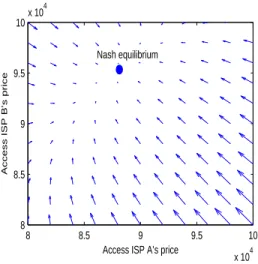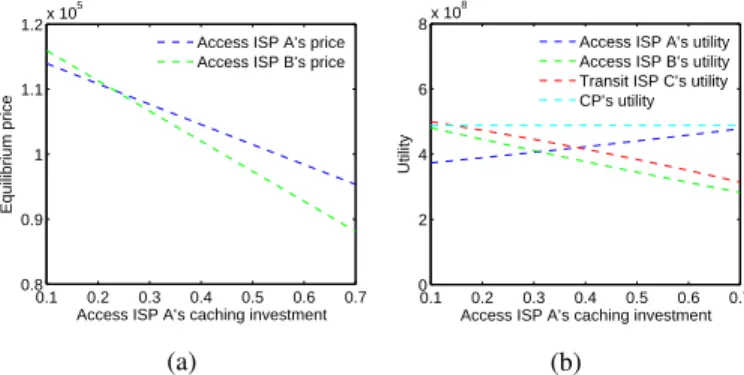Pricing in Information-Centric Network Interconnection
Texte intégral
Figure
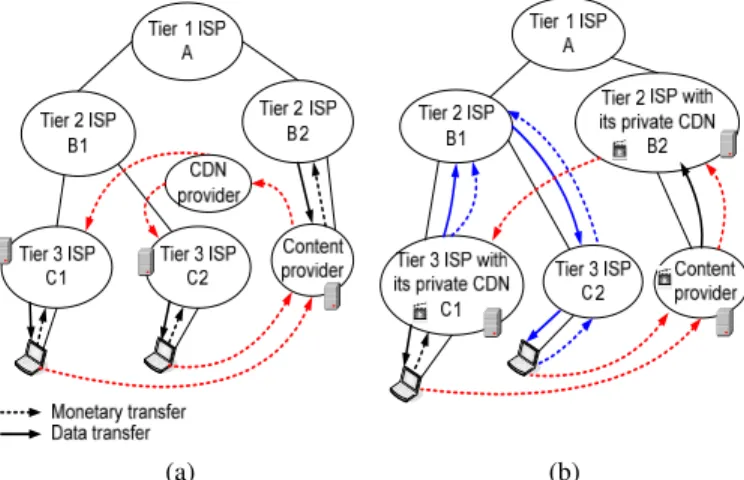

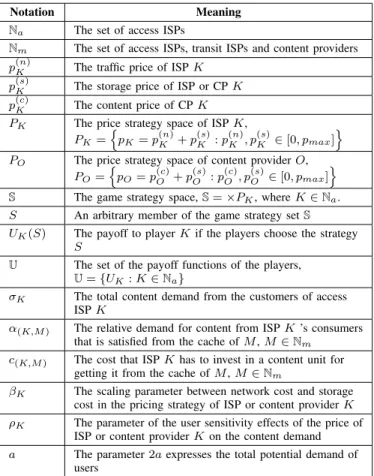
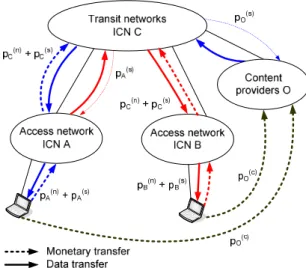
Documents relatifs
Abstract—In this paper, we propose a successive convex approximation framework for sparse optimization where the nonsmooth regularization function in the objective function is
The problem complexity coupled with the need for self-organizing solutions in small cells mandate distributed approaches in which the SBSs can autonomously decide on in-network
Purging unpopular content from caches will help in several ways: more resources will be available for popular content; unpopular content will not increase the workload of
We prove that there exists an equivalence of categories of coherent D-modules when you consider the arithmetic D-modules introduced by Berthelot on a projective smooth formal scheme X
Note that there exists no systolic algorithm of period ^ k, if h > 1, because in this case there are vertices of degree k + 1. Any algorithm with period < k would ignore some
Clustering model treats collaborative filtering as a classification problem and works by clustering sim- ilar users in same class and estimating the probabil- ity that a particular
• Family medicine residents were asked: “Please describe the population primarily served by the kind of practice that you plan to undertake”—Inner city (more than 250 000
Figure 3 also depicts the result by implementing a case where there is no collaboration between the caching nodes, namely no fog scenario. It resulted in slightly better perfor-
